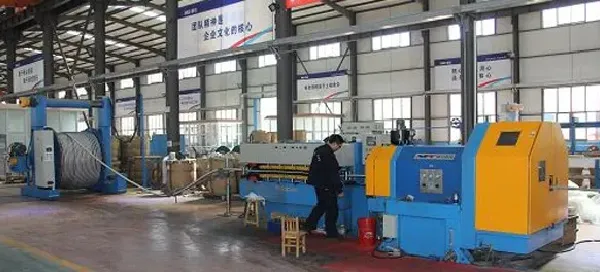9 月 . 07, 2024 01:45 Back to list
Flange Butterfly Valve - High Performance and Durability
Understanding Flanged Butterfly Valves
Flanged butterfly valves are essential components in various piping systems, renowned for their efficiency, compact design, and cost-effectiveness. Commonly utilized in industries such as water treatment, oil and gas, and chemical processing, these valves serve critical roles in regulating flow, controlling pressure, and facilitating the isolation of different segments within a pipeline.
What is a Flanged Butterfly Valve?
A flanged butterfly valve consists of a circular disc or butterfly that rotates around a central axis to regulate the flow of fluid. The valve is mounted between two flanges, which allows for easy installation and removal in a piping system. The design incorporates a stem that connects the disc to the actuator, making the valve quick to operate. When the disc is parallel to the flow, the valve is fully open, allowing maximum flow. Conversely, when the disc is perpendicular to the flow, it completely blocks the passage, shutting off flow.
Advantages of Flanged Butterfly Valves
1. Space-Efficient Design One of the primary advantages of flanged butterfly valves is their space-saving design. They occupy significantly less space compared to other types of valves, making them ideal for applications where space is limited.
2. Cost-Effectiveness These valves are often more economical than their counterparts, such as gate or globe valves. The straightforward design contributes to lower manufacturing costs, making them an attractive choice for budget-conscious projects.
flange butterfly valve

3. Versatile Applications Flanged butterfly valves can handle a variety of fluids, including water, gas, and slurries, making them versatile for many different industries. Their ability to operate at various temperatures and pressures further enhances their applicability.
4. Quick Operation The quarter-turn mechanism allows for rapid opening and closing, which is crucial in processes that require swift adjustments to flow rates.
Installation and Maintenance
Installation of flanged butterfly valves is relatively straightforward, provided proper alignment is maintained. To install, the valve is placed between two flanges and secured with bolts. It is vital to ensure that the flange faces are clean and flat to prevent leaks.
Maintenance of these valves is typically minimal due to their simple design. Regular checks should be performed to ensure that the disc closes properly and that there are no signs of wear or damage. Lubrication of the stem and actuator should be included in routine maintenance protocols to ensure smooth operation.
Conclusion
Flanged butterfly valves are indispensable in the realm of fluid control. Their combination of affordability, efficiency, and adaptability makes them a favored choice across industries. As engineering and technology continue to evolve, the design and capabilities of flanged butterfly valves will likely advance, further enhancing their performance and application. For any project involving fluid transport, investing in high-quality flanged butterfly valves can significantly impact operational efficacy and cost management.
Share
-
Understanding the Differences Between Wafer Type Butterfly Valve and Lugged Butterfly ValveNewsOct.25,2024
-
The Efficiency of Wafer Type Butterfly Valve and Lugged Butterfly ValveNewsOct.25,2024
-
The Ultimate Guide to Industrial Swing Check Valve: Performance, Installation, and MaintenanceNewsOct.25,2024
-
Superior Performance with Industrial Swing Check Valve: The Essential Valve for Any SystemNewsOct.25,2024
-
Industrial Swing Check Valve: The Ideal Solution for Flow ControlNewsOct.25,2024
-
You Need to Know About Industrial Swing Check Valve: Functionality, Scope, and PerformanceNewsOct.25,2024